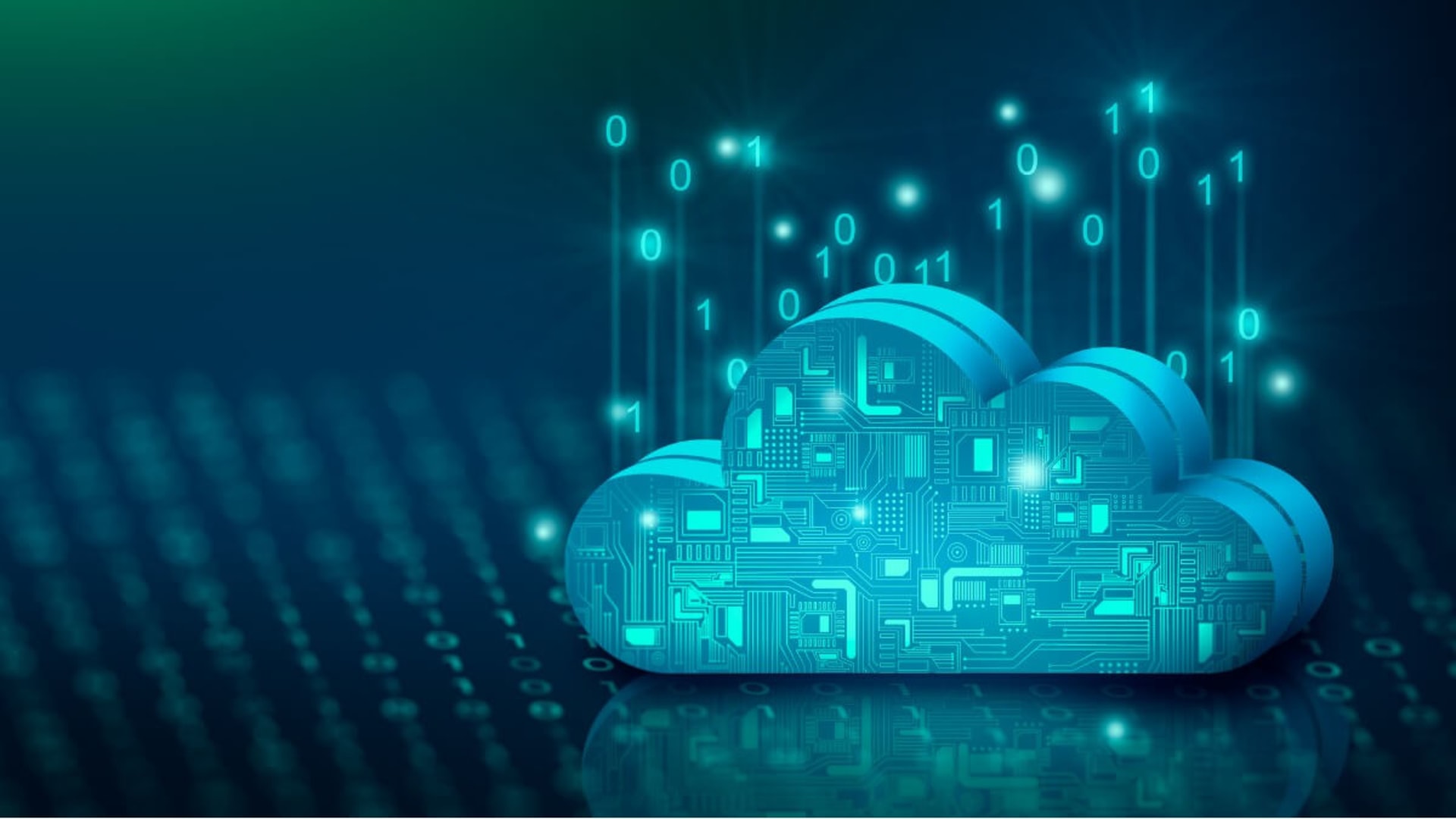If there is one silver lining of an unprecedented, world-changing pandemic, it is that the healthcare industry was forced to innovate at a rapid speed, unlike anything we have ever seen, resulting in phenomenal, cutting-edge advances in patient care.
While healthcare and technology have always complemented and advanced one another, patient care, one of the most important aspects of the medical field, has always demanded that “human touch.” This is still true, of course, but sophisticated technology can enhance the way humans deliver personalized, superior care — not detract from it or replace the people responsible for protecting our well-being.
It took a global pandemic for the patient care sector to fully embrace and combine forces with technology to deliver better experiences. Whatever the reason, we see innovations like never before — with adoptions at a massive scale.
Critical Issues Facing Patient Care
The best technological advances present solutions to problems that already exist — they don’t create new ones. Currently, we are seeing a number of urgent issues facing patient care, and these are the ones technology should focus on resolving:
- Rising costs
- Diminished access to services
- Human error
- An inability to adjust to demographics and changing markets
- Lack of collaboration and coordination
- Lack of patient education
- Lack of disease management
- Patient miscommunication
10 Innovations in Patient Care
1. Telehealth
Telehealth has forever changed the landscape of patient care. While the concept existed well before COVID-19, once the pandemic made office visits far less safe, telehealth really began to take hold. Many providers continue to deliver services and connect with their patients entirely remotely.
Platforms that enable communication and service provision without in-person contact have become mainstream. There are plenty of advantages to using them, such as greater accessibility and convenience. Now, people from rural areas without healthcare options in their immediate vicinity can receive care over these platforms. Many are HIPAA-compliant or have a HIPAA compliance option. And most major insurance providers offer some telehealth choices.
A 2021 American Medical Association (AMA) survey found that 85% of physician respondents were using telehealth, and 60% of clinicians believed that the technology allowed them to provide high-quality patient care. More than 80% of survey respondents thought patients had better access to care since using telehealth.
The technology is there, and the advantages are abundant. While telehealth is not a solution for every health issue, it has meant unprecedented access and healthcare availability.
2. Wearable Technology
Wearable devices like Fitbits and Apple Watches have been popular for years as vehicles for keeping track of steps, exercise, sleep cycles, heart rates, and much more. But now, wearable technology has gone 10 steps further, well beyond simple metrics like movements.
Today, wearable technology can perform advanced functions, such as monitoring vitals like blood oxygen level, lung function, medication levels, and blood sugar. These important values are helpful information for healthcare providers when devising patient plans and tracking patient health. For example, they can set up reminders about when to administer medication doses based on the data they access via wearables.
Another advantage of wearable technology is that individuals are able to have greater control over their health and well-being. They can see their own information, set goals, and monitor their progress in meeting health objectives. They are also better equipped to communicate about their health with their providers since they can monitor certain aspects of their well-being by themselves.
Some insurance companies and employers even reimburse this type of equipment or offer incentives for meeting specific fitness goals, such as step counts, as tracked by the devices.
3. Automated IV Pumps
Automated IV pumps have grown in popularity in the past few years. The technology enables nurses and other healthcare professionals to monitor and change the drip amounts in the pump, preventing patients from having to wait around for the adjustments to be made in person. Now, there are even self-pumps that allow patients to control their levels of medication when necessary.
This automated process is a huge step forward in helping healthcare professionals save time and devote more of their schedules to patient care that demands the human touch. It also prevents a lot of the human error that is too often involved in IV drips and pumps.
Today, automated IV pumps are staples of healthcare facilities, playing an important role in managing patient care. But it is important to note that the designs are not perfect. Still, they are greatly improved with additional features such as wireless capabilities, smart software, and more, although more work needs to be done in this sphere.
4. Electronic Health Records
As simple as it may sound, the distribution of and access to patient records is anything but. At least, that was the case in the past. Now, data-sharing among facilities and providers is simplified thanks to electronic health records (EHR). EHR utilizes several technologies, such as AI, the Internet of Things, and blockchain, to create a robust network and record of patient care.
EHR enables secure and efficient documentation and file-sharing. Thanks to technology, healthcare providers can easily deliver patient records to other providers without exchanging physical data or paperwork. This enables real-time electronic updates, which reduces time spent on paperwork, costs associated with delivery, unnecessary healthcare, and instances of error.
In turn, EHR allows clinicians to focus on patient care rather than paperwork. While some system features are works in progress, EHR integrates multiple systems, including patient history documentation, insurance methods, medications, and more.
Providers can access these records around the globe. In some cases, even patients can access their own records digitally, further enhancing access and giving individuals more control over their own healthcare.
5. Check-In Portals and Kiosks
It’s probably fair to say that none of us is a stranger to long waits at the doctor’s office, hospital, or any other medical facility. And part of the frustrating wait involves standing in line to check in and fill out massive amounts of paperwork. Fortunately, today, while waiting times are by no means completely eliminated, they have been reduced thanks to check-in portals and kiosks.
These portals leverage tools like AI to validate patients’ credentials in real time, using, for example, a handprint to match the appointment and record to the individual who is checking in. This saves time for the workers and the patients alike — there is no need to look up the appointment time and record. Moreover, many facilities offer individuals the opportunity to fill out the paperwork digitally before the appointment so that the check-in is quick and efficient.
Another advantage of check-in portals and kiosks is that they minimize direct contact with office workers. This is important in the COVID-19 era because it reduces the chances of contagion spreading. The entire process is fully automated, and once the patient verifies a few quick questions using the screen, they are done checking in.
6. Virtual Reality and Augmented Reality
Virtual reality (VR) and augmented reality (AR) are changing the face of multiple industries — not just patient care. Medicine in general has been forever altered thanks to these impressive tools.
VR requires the assistance of technology such as headsets to enable the user or wearer to perform tasks, go places, or otherwise engage with a completely fabricated reality and landscape. For several years, it has been applied to medical training, allowing students to practice procedures without any risk. For example, they can learn how to perform surgeries without ever holding a scalpel or touching a cadaver!
And it’s useful for more seasoned healthcare practitioners, too, enabling them to test out innovative practices without the potential for doing any harm. And the results are promising: according to one study, VR-trained surgeons had a 230% increase in overall performance compared with surgeons who were trained in traditional ways.
There are plenty of additional applications of VR, too. For example, there have been instances of women using VR headsets to help them visualize peaceful settings during labor.
AR, which overlays virtual elements on top of the real world, can also assist medical practitioners and students alike. For instance, students can see digital elements overlayed on the real human anatomy to help them learn about various diseases and problems.
7. Administrative Tech
Administrative tech represents a wide range of technologies, software, and applications that, in a nutshell, make the jobs of healthcare administrators and other professionals much easier. There are, for example, applications that incorporate AI to help professionals assess and predict patient wait times, as well as assist with aspects of the process like triage — allowing practitioners to prioritize more accurately and effectively.
While these tools are not directly applicable to the patients themselves, with some exceptions — such as the aforementioned check-in portals and kiosks, which fall under this umbrella — the technology does mean that medical professionals have more time to spend on patients and handling their care.
8. Portable Monitors
In large medical facilities, nursing professionals are tasked with checking on patients regularly, usually hourly. They must monitor critical vital signs and ensure that the tools supporting them are doing so properly.
Portable monitors give these professionals support around the clock, allowing them to check in on patients no matter where they are. They can quickly evaluate vital signs, check levels, and otherwise ensure that everything is going smoothly. They will also get an alert via the portable monitor in case of an emergency.
Not only does this save time, but it can also save lives. It means that there is always coverage, not just a quick check-in every hour or so.
9. Predictive Analytics
Predictive analytics, a field that uses past and real-time data to predict outcomes, has an important role in the patient care niche. The techniques and tools encompassed in the field, such as data mining, AL, and ML, are applied to forecasting events that are to come, enabling stronger decision-making and helping healthcare professionals improve patient outcomes.
Predictive analytics uses vast amounts of information taken from sources like EHR, surveys, insurance claims, administrative records, and other paperwork to evaluate trends. The field has numerous benefits and improves patient care overall, transforms treatment plans, enables better access to multiple types of data, and ultimately delivers valuable insights.
More specifically, predictive analytics can:
- Personalize approaches to care and treatment
- Predict diseases and conditions patients are likely to develop
- Evaluate the likelihood of readmission after discharge
- Anticipate treatment and medication responses
- Enhance patient engagement
- Assess the likelihood of patient no-shows
- Detect possible infections earlier rather than later
- Improve the security of sensitive information
These are just some of the many advantages of predictive analytics. The field has the capacity to forever alter the state of patient care for the better.
10. Central Command Centers
In the U.S., command centers are mainstays at hospitals. These systems are activated when emergencies that will require a large-scale response and test the facility’s capacity occur. As many of us are aware, command centers were performing overtime in the early phases of the COVID-19 pandemic, when the vast majority of healthcare facilities and their resources, including beds available, were stretched thin.
Centralized command centers aim to improve both patient and provider experiences by delivering data and updates in real time via applications. That means providers can stay on top of important information, such as room availability and scheduling.
Virginia Mason Franciscan Health (VMFH) introduced its Mission Control Command Center in June 2019, months before the pandemic wreaked havoc on healthcare facilities around the world. The system aimed to improve procedures across the Washington state healthcare system, and it proved to be a godsend when the pandemic struck. Because of the central command center, healthcare providers were better equipped to make real-time decisions supported by data.
Overall, these command centers help streamline operations and provide the information practitioners and administrators need, improving qualities like efficiency and visibility into operations.
VMFH has already seen tangible improvements, expediting 464 exams, creating an average of 6.1 virtual beds of capacity every day for the first two years of operation, and directly preventing 90 patients from having to travel far by connecting them to facilities closer to home. Additionally, thanks to the system, they have identified and managed 739 instances of critical patient safety concerns in real time, converted 256 patients from observation to inpatient status, and mitigated 581 patient procedures.
Going Forward: The Future of Patient Care
Patient care is a journey — one that is forever ongoing. There are plenty of technologies that are already changing the face of the field and the entire healthcare industry, including the ones on this list, from telehealth to electronic health records to automated pumps and beyond.
As patient care increasingly relies on technology, technology professionals and healthcare providers will need to continue to collaborate to find the best, most innovative, and most effective solutions to revolutionize the field and enhance patient experiences. As we move forward, there are several things of note we will need to keep in mind:
- Technology should work hand in hand with human providers to deliver exemplary patient care. We can never lose sight of the fact that care is first and foremost a human endeavor.
- The best innovations enhance the capabilities of providers and allow them to do their jobs even better. They do not replace them.
- Look for problems that need solutions rather than the reverse. In other words, do not create the technology before we know what it is meant to address.
- Experimentation will prove essential in delivering an optimal patient experience. The first try or approach will often not be the final one or the one that ultimately works.
- Everyone involved in patient care should be involved in testing and deploying the technologies and tools they will end up using.
- As we introduce new tools into the sector, there will be more roles and opportunities for professionals to enter the field. There may also be a need for the upskilling of current professionals in the industry.
The future is bright for patient care. We can expect a more innovative, transparent patient care experience for every individual, thanks to advancements in technology. Because of tech, we are able to bridge the gap and reach more people — the ultimate goal for all of healthcare.






